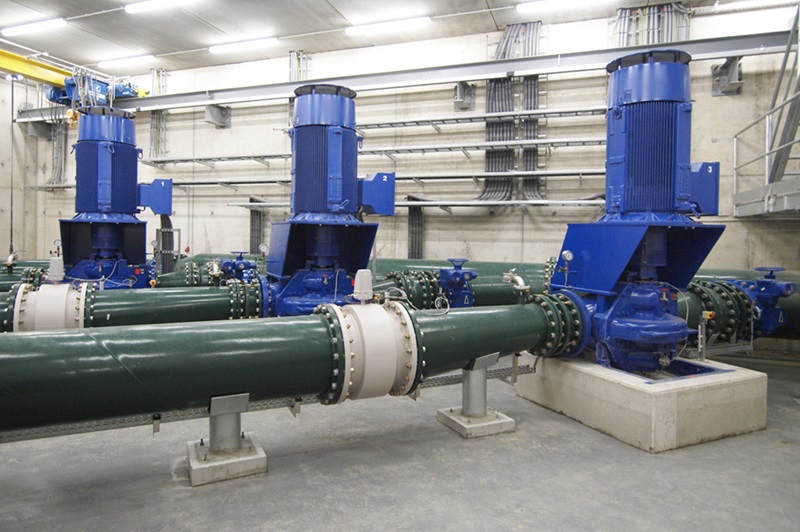
Efficient access to water is vital for a range of applications, including agricultural irrigation, rural development, and emergency response. Manual systems designed for extracting water from deep underground sources offer a reliable and practical solution for areas where conventional water supply methods may be impractical or unavailable. These systems are particularly valuable in remote or off-grid locations where electricity and advanced machinery are not feasible. By providing a dependable means to draw water, these systems ensure a steady supply even in challenging conditions. This article explores the various benefits and features of hand pumps for wells designed for deep water extraction, highlighting their importance in maintaining consistent water access and their suitability for diverse applications.
Reliable Water Extraction
Manual systems for extracting water from underground sources are designed to offer reliable and consistent water access. These systems use mechanical action to lift water from significant depths, ensuring a steady supply even when other methods might fail. The mechanical nature of these systems allows them to function without the need for electrical power, making them ideal for locations where power is not available or is unreliable. Additionally, the simplicity of the design means that these systems can operate effectively under a variety of environmental conditions, including extreme temperatures and rough terrain. By providing a dependable means of water extraction, these systems support vital needs in agriculture, rural communities, and emergency situations.
Ease of Use and Maintenance
One of the key advantages of these manual systems is their ease of use and minimal maintenance requirements. These systems are designed to be user-friendly, with straightforward mechanisms that do not require specialized training to operate. The mechanical simplicity of these systems translates into fewer moving parts compared to motorized alternatives, which reduces the likelihood of mechanical failure and simplifies maintenance procedures. Routine upkeep involves basic tasks such as lubricating moving parts and checking for wear and tear, which can be easily performed by users with minimal technical expertise. This ease of use and low maintenance make these systems a practical choice for users seeking a reliable and hassle-free solution for water extraction.
Enhancing Community Resilience
Manual systems for deep water extraction play a crucial role in enhancing community resilience, especially in regions prone to natural disasters or environmental changes. In areas where access to clean water can be disrupted by events such as floods, droughts, or other emergencies, these systems offer a reliable backup option. Their simplicity and durability mean they can be quickly deployed and used by local communities without the need for complex infrastructure or specialized skills. By providing a stable and independent water source, these systems empower communities to better manage their water resources and respond effectively to crises. This increased resilience not only supports immediate needs but also contributes to long-term stability and self-sufficiency.
Cost-Effective Solution
Manual systems for deep water extraction offer a cost-effective alternative to more complex and expensive water extraction methods. The initial cost of purchasing and installing these systems is generally lower than that of motorized or electrically powered pumps. Additionally, since these systems do not require electricity or fuel, their operating costs are minimal, further enhancing their affordability. Over time, the lack of ongoing energy expenses and the low maintenance needs contribute to significant cost savings. This economic efficiency makes manual systems an attractive option for individuals, communities, and organizations with budget constraints or those looking to maximize their return on investment in water access solutions.
Versatility and Adaptability
Thehand pump for deep wells isknown for its versatility and adaptability to various water access needs. These systems can be customized to handle different depths and flow rates, making them suitable for a wide range of applications. Whether used in agricultural settings, rural areas, or emergency response scenarios, these systems can be adjusted to meet specific requirements effectively. Their ability to operate in diverse conditions and their compatibility with different water sources ensure that users can rely on them for consistent and efficient water extraction. By providing a flexible and adaptable solution, hand pumps for wellssupport a variety of needs and contribute to effective water management in various contexts.
Conclusion
The hand pump for deep wellsprovides a practical and efficient solution for accessing water from significant depths. Their reliable water extraction capabilities, ease of use and maintenance, cost-effectiveness, and versatility make them valuable tools for a range of applications, from agriculture to rural development and emergency response. By incorporating these systems into your water access strategy, you can ensure a consistent and dependable supply of water while minimizing costs and operational complexities. Embracing manual systems not only supports effective water management but also promotes sustainability and resilience in areas where advanced technology may not be feasible.





